| Touchscreen | Large, user-friendly display panel | Interface for user interaction | 15-24 inch touchscreen monitor |
| Payment System | Hardware for processing transactions | Accepts cash, credit/debit cards, and mobile payments | Card reader, bill acceptor, contactless payment module |
| Printer | Device for printing receipts and tickets | Provides transaction records and receipts | Thermal receipt printer |
| Computer/Processor | Central unit that runs the kiosk software | Manages operations, processes transactions | Embedded PC or industrial computer |
| Enclosure | Protective housing for all internal components | Safeguards equipment from weather and vandalism | Metal or reinforced plastic case |
| Networking Module | Connectivity hardware for communication and data transfer | Ensures connectivity with back-end systems | Ethernet port, Wi-Fi module |
| Security Features | Components to ensure safety and security of the kiosk | Prevents tampering and theft | Security camera, lockable cabinet |
| Power Supply | System to provide electrical power to the kiosk | Ensures continuous operation | AC power adapter, battery backup |
| Cooling System | Mechanism to manage heat generated by the kiosk | Prevents overheating of electronic components | Fans, cooling vents |

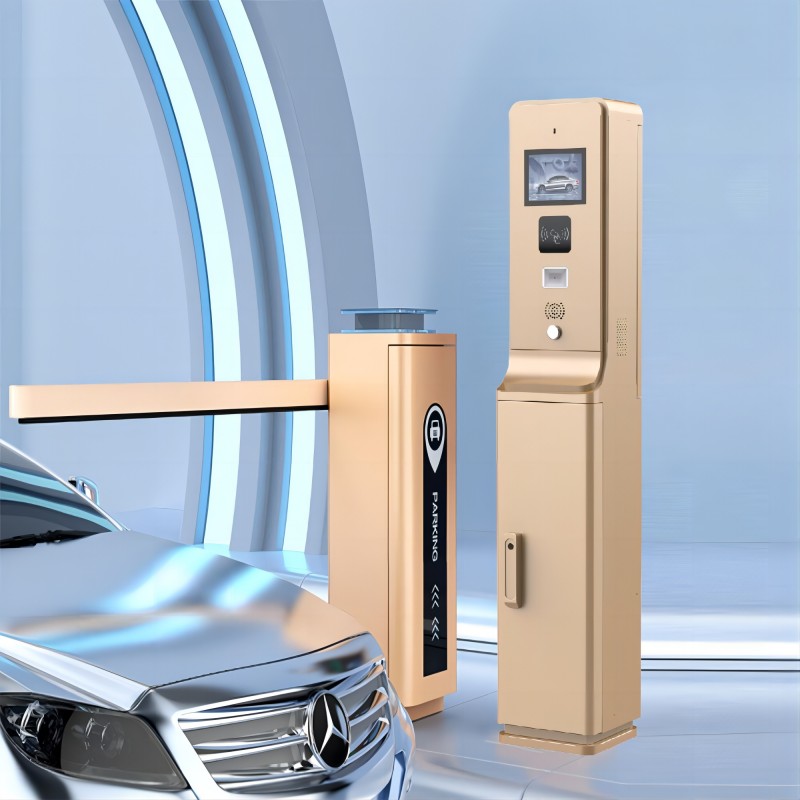
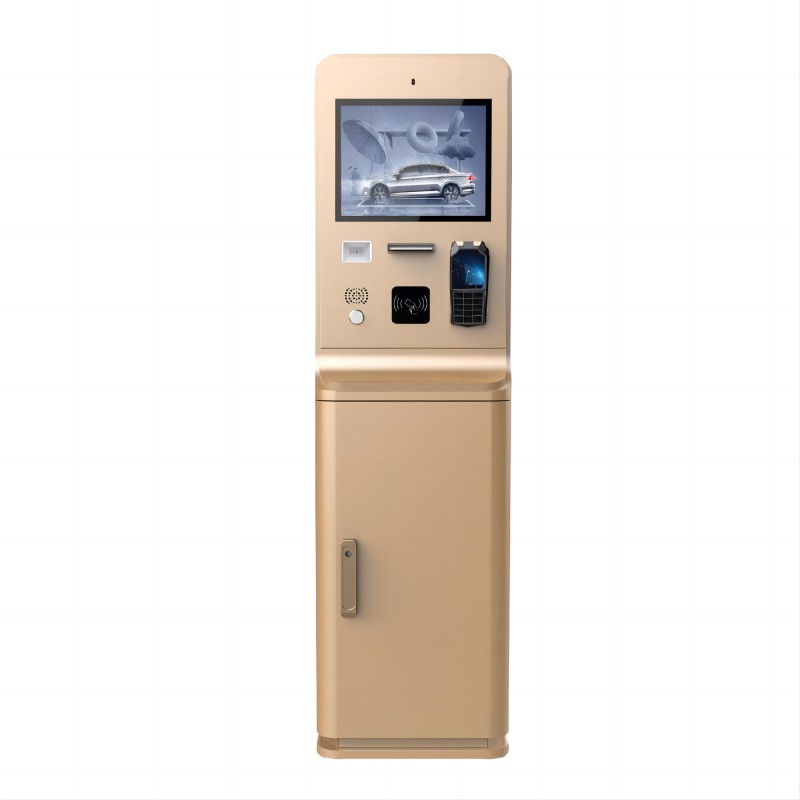
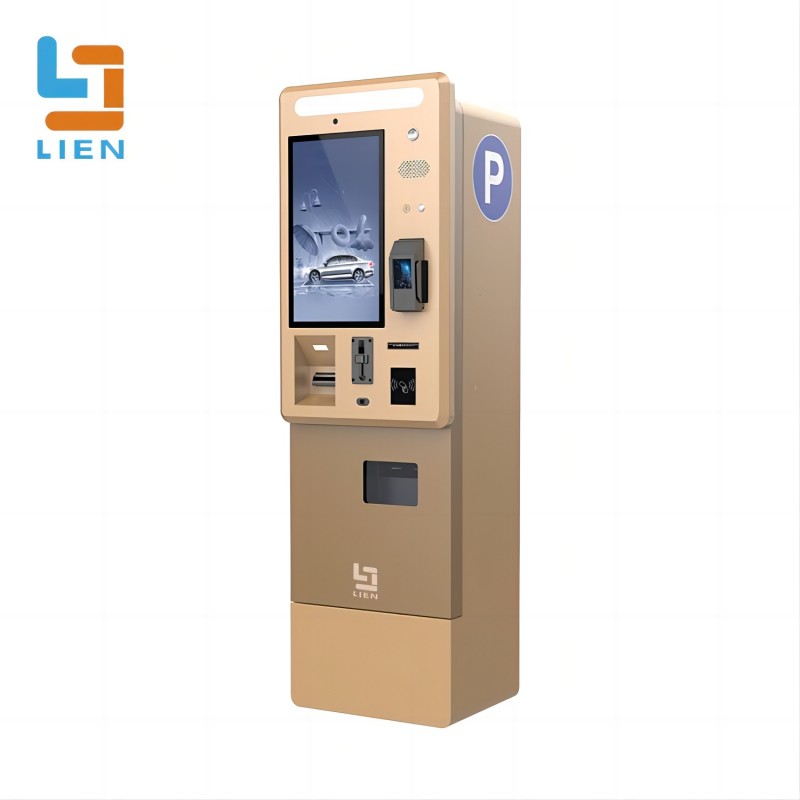
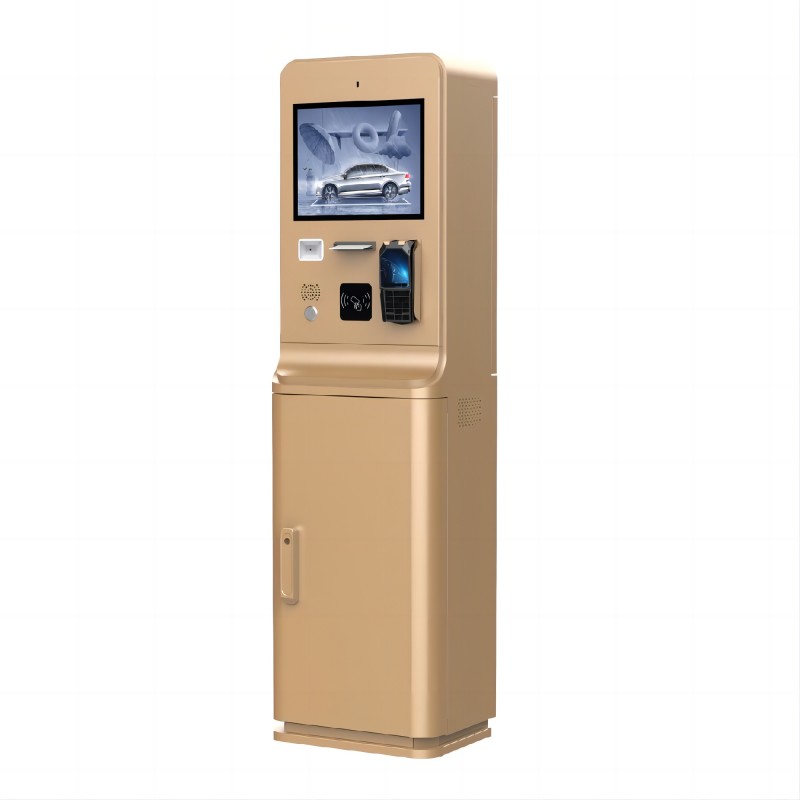

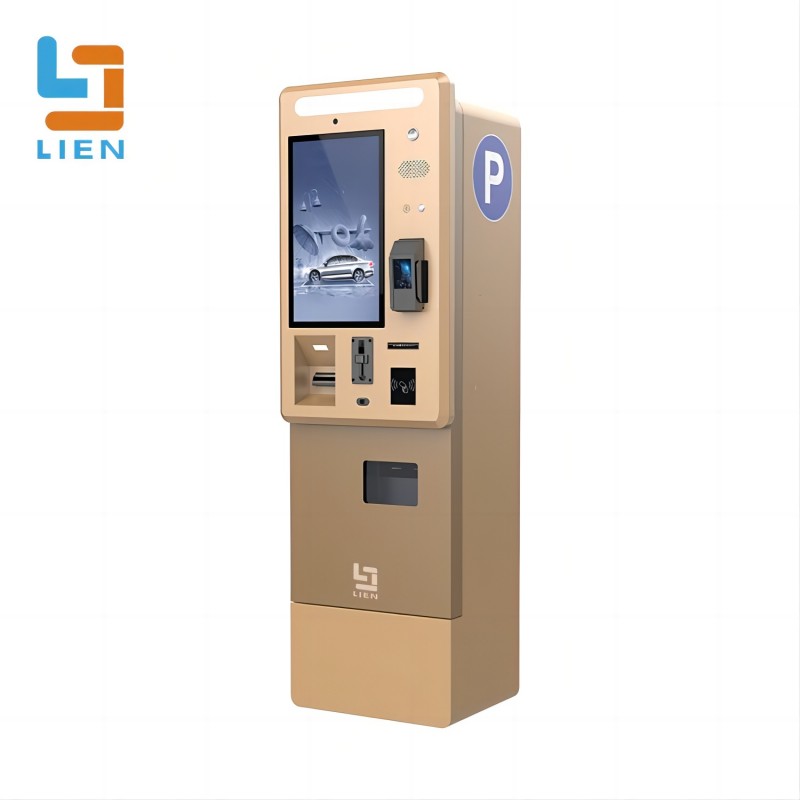
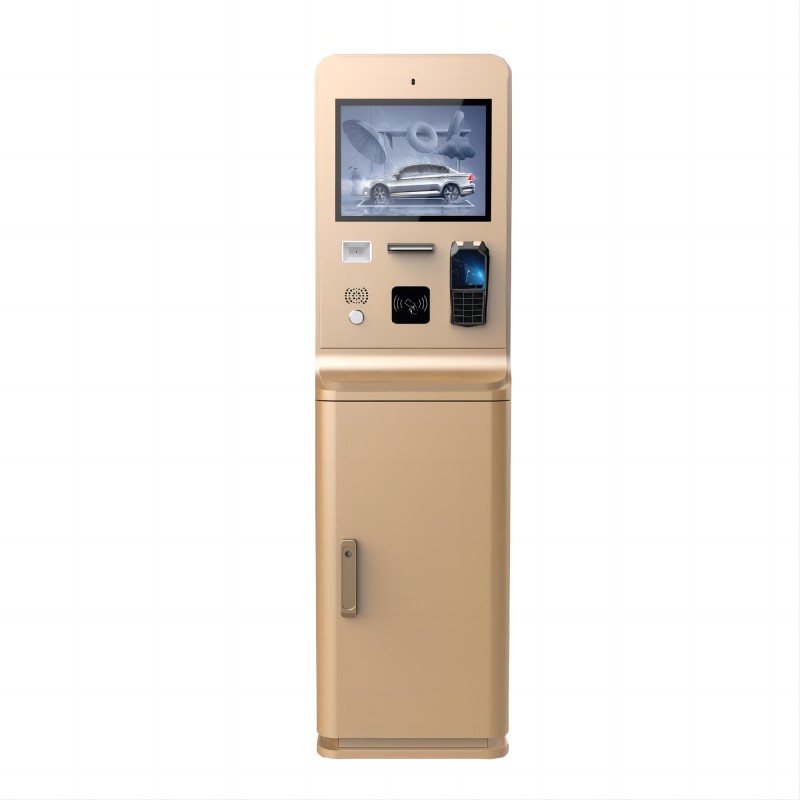
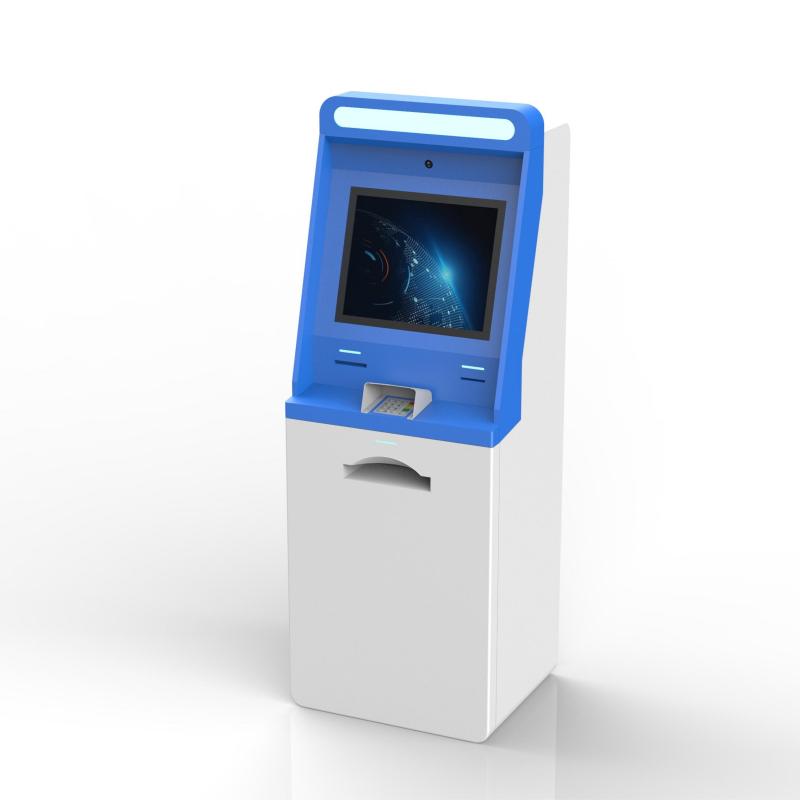
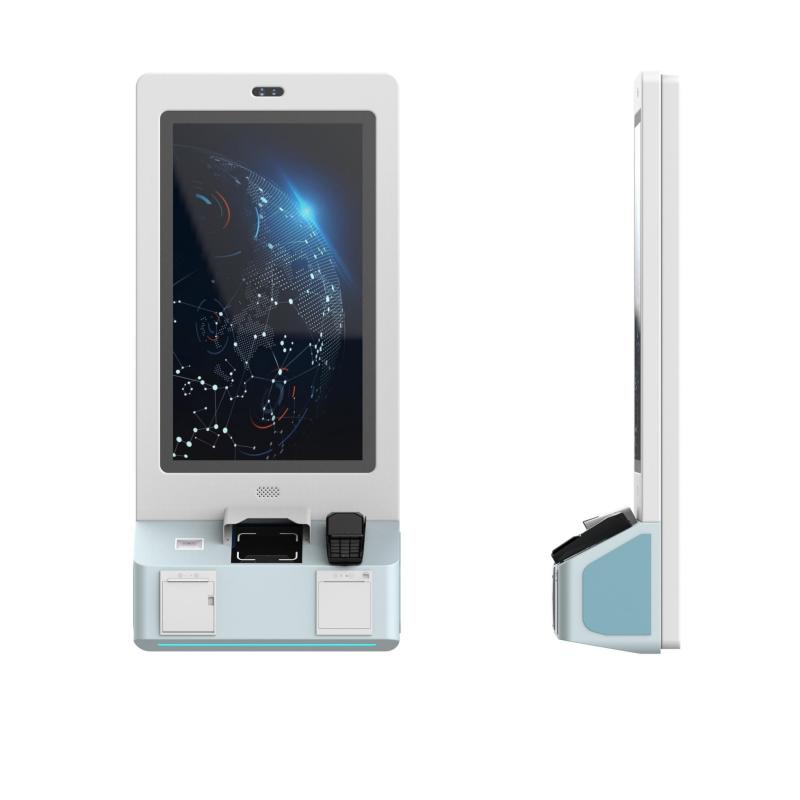
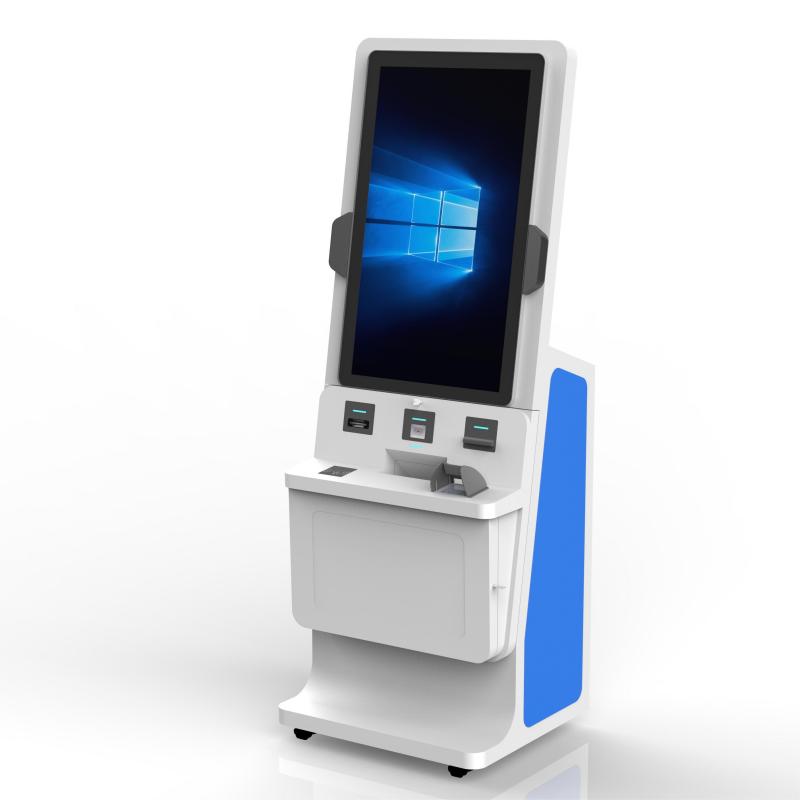
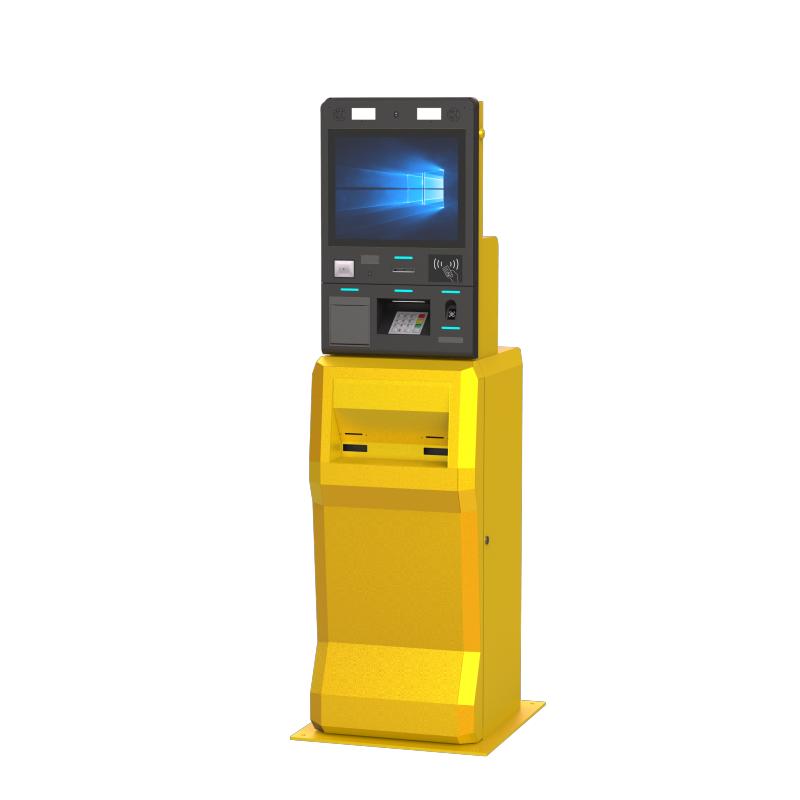
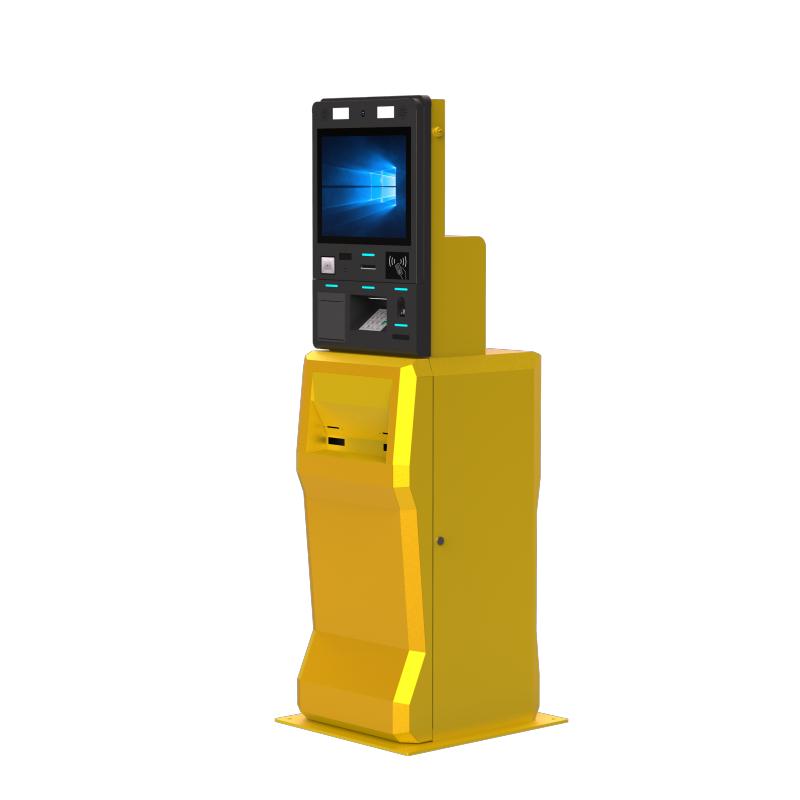
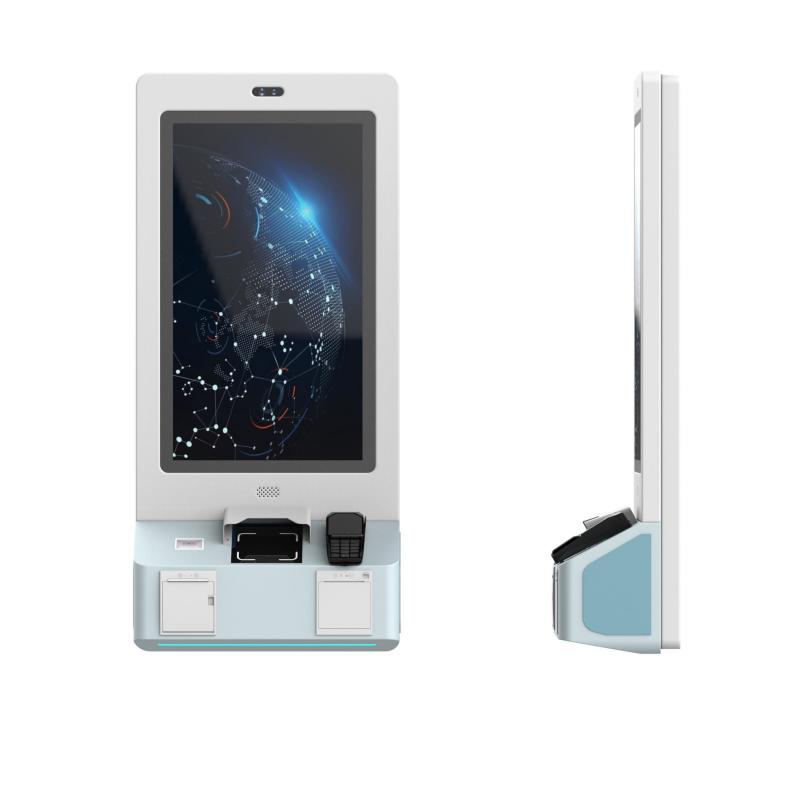
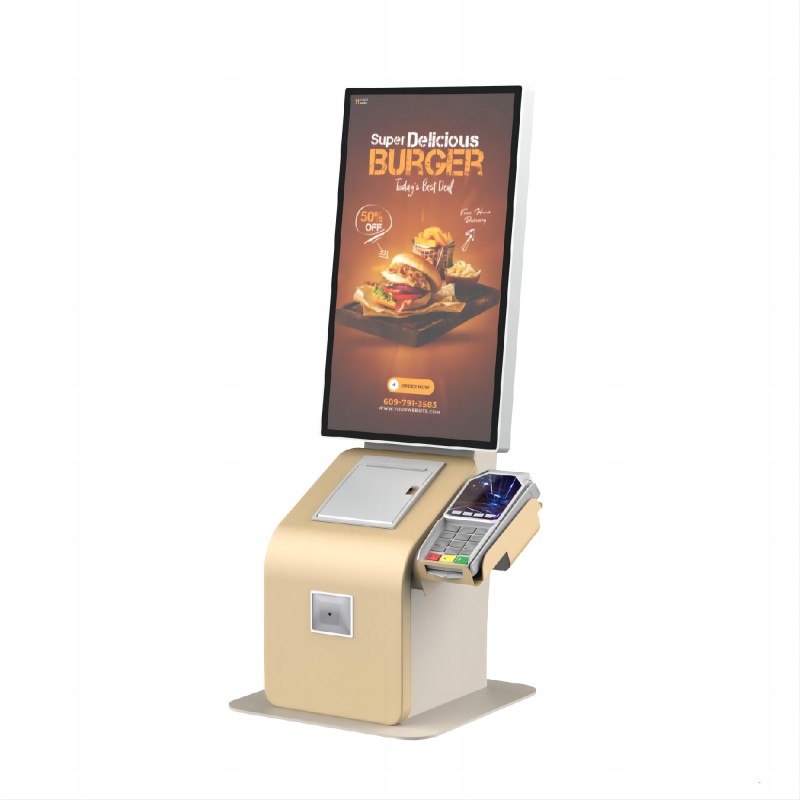

What did our happy clients say?
We are thrilled with our new auto kiosk! It's efficient and user-friendly, cutting our service time in half. Excellent build quality and reliable performance.
The auto kiosk we purchased exceeded our expectations. It has streamlined our operations significantly and the ROI is already evident. Great value for the investment!
Fantastic auto kiosk! The installation was smooth, and it's been running flawlessly. Our customers appreciate the fast service, and we're seeing increased throughput.
Very pleased with our auto kiosk. It’s durable, easy to use, and has greatly improved our workflow. The support team was also fantastic throughout the process.